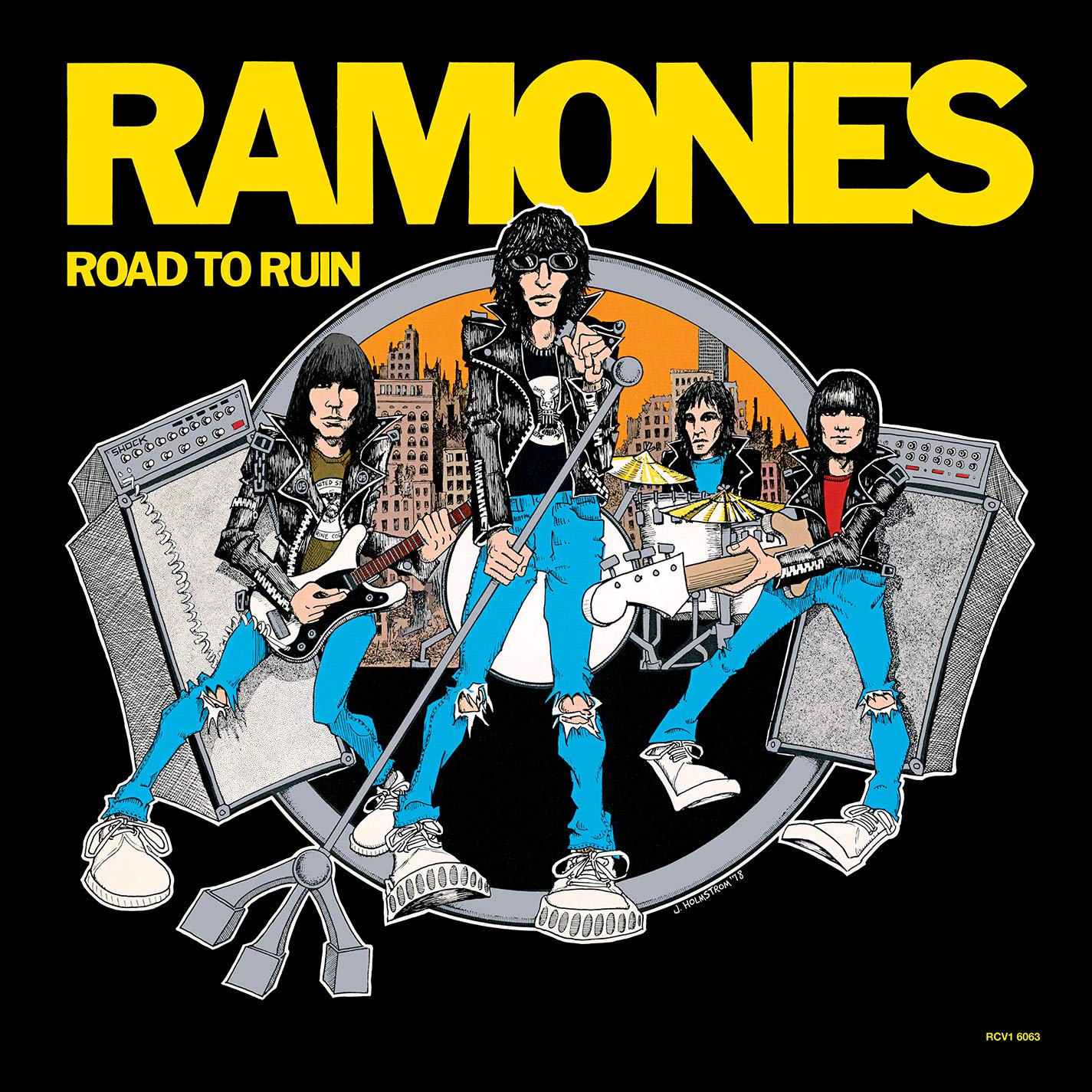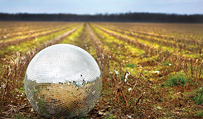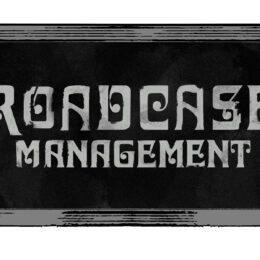The Stooges
The Stooges (Rhino/Elektra)
Limited edition 180-gram heavyweight LP
We've been enjoying two reissues of total punk classics this week, starting with the 1969 debut from the Iggy Pop-led photo-punk icons The Stooges.
The album is, of course, perfect. An eight-track beast, and it's still weird to think that this gem dropped in the '60s (albeit at the end of the '60s). It was so far ahead of its time, there's little wonder that it confused and confounded so many people back then.
"1969" kicks things off in spectacularly gnarly fashion, "I Wanna Be Your Dog" is as startling as it ever was, and "No Fun" manages to be hooky and droning at the same time.
"As part of its liner notes, this High Fidelity release features an insightful Q&A with legendary photographer Glen Craig conducted by A&R producer Jason Jones," reads the press release. "During this conversation, Craig recounts chronicling the recording sessions for The Stooges, snapping photos as the musicians performed live in the studio. He recalls, 'I shot a picture of Iggy with his shirt off, practically in his underwear, dancing around on the amps and stuff. That’s pretty much the way things went'."
Incidentally, this writer spoke at length with the band (including the members no longer with us) for the book Head On.

Ramones
Road to Ruin (Rhino/Sire)
Limited edition, 180-gram heavyweight LP
Road to Ruin, released in 1978, was New York bruddahs the Ramones' fourth album, and it was the first to feature drummer Marky Ramone in the ranks in place of the departed Tommy.
The lineup change did nothing to slow them down though; every song's a winner on here, from the opening blast of "I Just Want to Have Something to Do" to the inspired singalong brilliance of "She's the One." The cover of the Searchers' "Needles and Pins" highlighted the punk band's gift for recognizing shining pop lights, and undeniable melodies.
"[Producer Ed] Stasium penned new liner notes for the High Fidelity Release of Road To Ruin," reads the press release. "He recalls the sessions in vivid detail, discussing the various recording techniques at a fascinating and impressively granular level. He also illuminates the careful meticulousness at the heart of The Ramones’ sound, setting the scene, 'We always recorded the band live in the studio.' The producer goes on to add, 'The final result was a very musically diverse album, ranging from classic Ramones ('I Wanted Everything') to a style that some fans called pop country ('Don’t Come Close'), which, believe it or not, has 14 tracks of overdubbed guitars on it!'"














